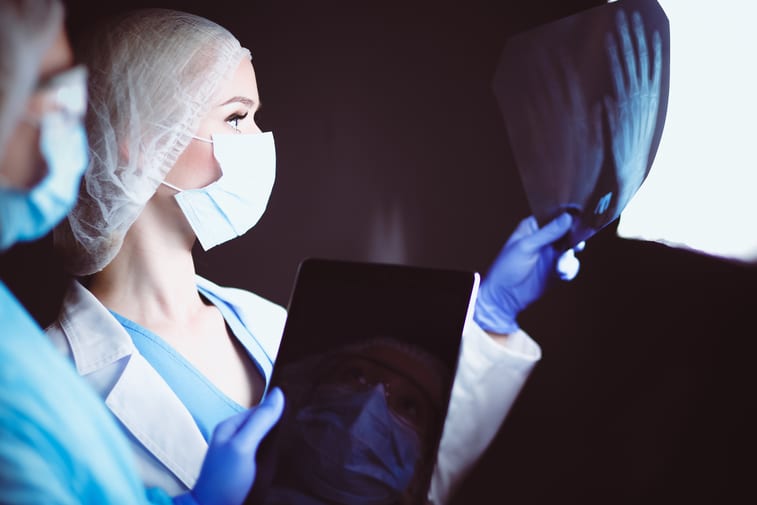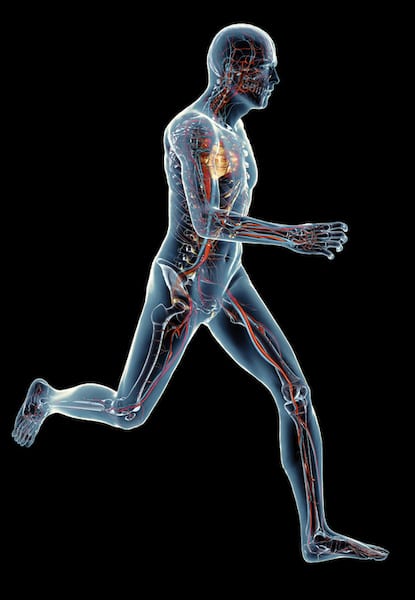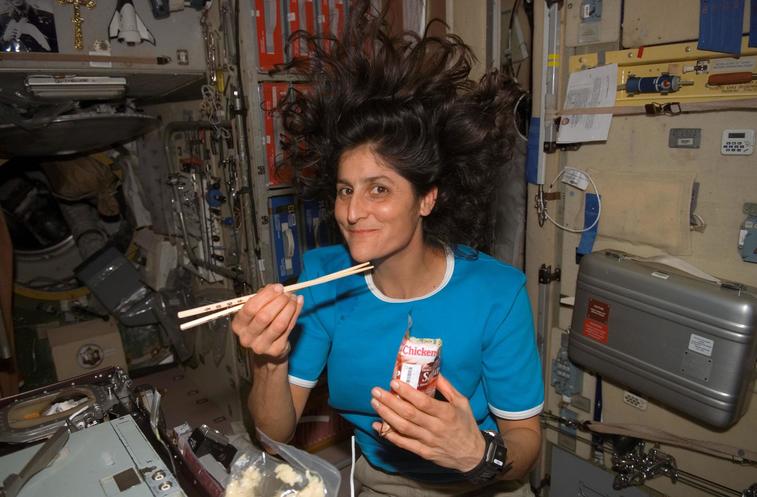Sample Lesson—Bring Science Alive! Life Science
Each unit begins with a storyline that allows students to dive deep into a real-world phenomenon. The Anchoring Phenomenon encourages students to make connections with the world around them. Students then further explore the phenomenon during the Performance Assessment.
Storyline: Everyday, people all over the world get sick. Sometimes they recover; sometimes they don’t. Like a doctor, use evidence from medical charts, test results, and medical fact sheets to “diagnose” problems four patients are experiencing.
Anchoring Phenomenon: People become sick when body systems don’t function properly.
After student watches the anchoring phenomenon video, students begin a KWL chart in the Unit Checkpoints. They generate questions for inquiry and return to answer questions charts throughout the unit.
| View it in print | View it online |

Each lesson begins with an investigative phenomenon that is used to pique students’ interest and drive instruction throughout the investigation.
Lesson 3 Phenomenon: Doctors know generally what is inside a living person’s body without having to cut them open.
By the end of the lesson, students will be able to explain the phenomenon.
 |
 |
| View it in print | View it online |
Hands-on investigations allow students to take on the role of scientists and explore real-world problems. Students work in the Science and Engineering Practices by asking questions and defining problems, constructing explanations and designing solutions, and developing and using models. Students interact with the Crosscutting Concepts including Scale, Proportion, and Quantity, and Systems and System Models. Disciplinary Core Ideas are also embedded within the investigations.
In Lesson 3: Interacting Body Systems, students dissect a frog (or watch a series of videos demonstrating a dissection) to learn about body systems and how they interact. Then, create a lifesize model of the human body to post in your doctor’s office. They will also diagnose their first patient, Mr. T..
Investigation 2: Creating a Human Body Model |
| View it in print | View it online |
Investigation Kit
The Reference Text features considerate and engaging text with engineering content built right in. On TCI’s learning online platform, the Reference Text offers Text-to-Audio, Main Idea Viewer, Spanish translation, Student Highlighter Tool, and more. In addition, resources beyond the text are embedded in TCI’s online learning platform. This includes Check for Understanding, digital simulations, and videos that will help students investigate phenomena more meaningfully.
Explore lesson 3’s print and online Reference Text where students learn about the body systems work together.
| View it in print | View it online |

 Engineering
Engineering|
Throughout the program, students participate in Engineering Challenges where they think like an engineer as they solve real-world problems related to unit anchoring phenomenon. They go through the engineering design process for each challenge. In Unit 2: Bodies, students design, build, test, and modify a prosthetic hand to serve a specific function. |
| View it in print | View it online |
Each lesson includes a TCI assessment that addresses all three dimensions, uses diverse stimuli, and allows students to express understanding in multiple formats. You can use it as a formative or summative assessment to evaluate students’ ability to explain real-world data and phenomena. Want more flexibility with assessments? You can also create your own, or use shared questions from other TCI teachers.
| View in Print | View it online |

|
Reading Furthers are included in each lesson to enhance literacy and engage students with related topics. Students dive into a high-interest topic and investigate the intricacies of science. In lesson 3’s Reading Further, students read about the human body in outer space. They learn about life aboard in space, microgravity, radiation, and how long astronauts can stay in space.
|

Students apply what they have learned in a hands-on Performance Assessment where they are evaluated across the three dimensions.
Unit 2 Performance Assessment: Diagnosing JJ
Use your knowledge of body systems and information processing to argue for a diagnosis of your fourth patient, JJ.
 |
 |
| View it online | View it online |